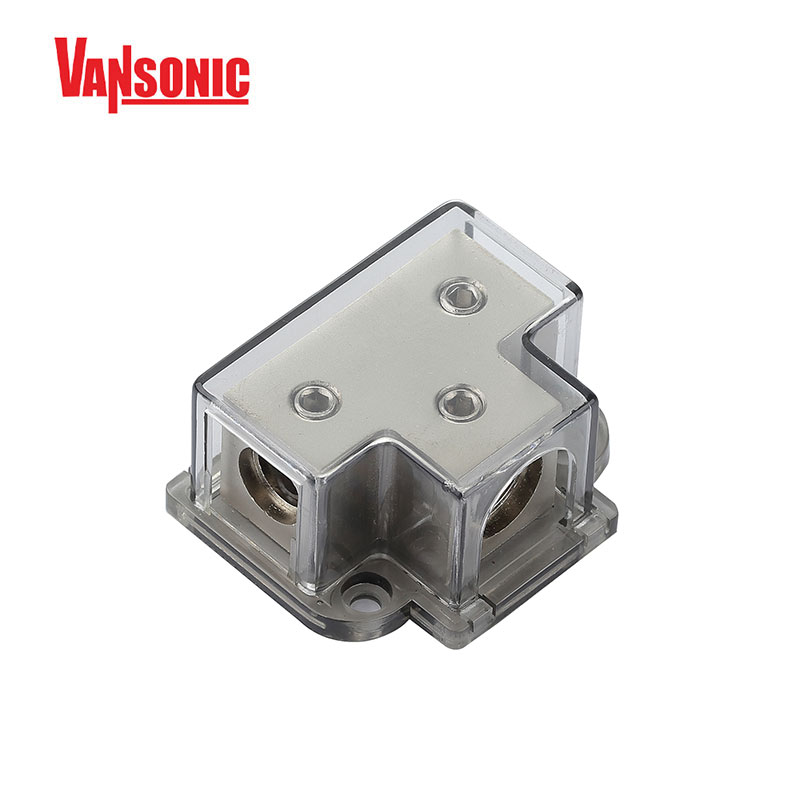
In the intricate world of electrical wiring, efficiency and organization reign supreme. Power needs to flow seamlessly from its source to various components within a system. This is where the unassuming yet crucial distribution block steps in. These remarkable components act as the silent conductors, meticulously dividing and distributing electrical power from a single source to multiple circuits.
Beyond the Wire Nut: The Advantages of Distribution Blocks
While traditional methods like wire nuts can connect wires, distribution blocks offer a multitude of advantages:
Improved Safety: Distribution blocks provide a safer and more secure way to connect wires compared to wire nuts. They offer a more enclosed and insulated environment, minimizing the risk of electrical arcing or short circuits.
Enhanced Organization: Distribution blocks promote a neater and more organized wiring layout within electrical panels or enclosures. This makes troubleshooting and future maintenance significantly easier.
Simplified Power Distribution: Distribution blocks allow for the efficient distribution of power from a single source to numerous circuits. This eliminates the need for multiple complex wire connections, saving time and effort during installation.
Visual Clarity: Many distribution blocks feature color-coded terminals or labels, providing a clear visual indication of which circuit each wire connects to. This enhances clarity and reduces the risk of wiring errors.
Increased Reliability: Distribution blocks offer a more reliable connection compared to wire nuts. The secure terminal screws ensure a strong and lasting connection, minimizing the risk of loose wires or connection failures.
A Spectrum of Distribution Blocks: Choosing the Right One
Distribution blocks come in a variety of shapes, sizes, and configurations to suit diverse needs. Here's a glimpse into the world of distribution blocks:
Terminal Blocks: These basic distribution blocks feature terminals for screw-down wire connections. They are ideal for simple applications where a few circuits need to be powered from a single source.
Power Distribution Blocks: These robust distribution blocks are designed for high-current applications. They often feature heavy-duty terminals, higher voltage ratings, and additional features like fuses for circuit protection.
Grounding Blocks: These specialized distribution blocks are specifically designed for grounding multiple wires to a common ground point. This ensures proper grounding and safety within the electrical system.
Barrier Strips: These distribution blocks feature insulated barriers between each terminal, providing additional safety and preventing accidental short circuits between wires.
Maximizing Performance: Using Distribution Blocks Effectively
To get the most out of your distribution blocks, follow these tips:
Choose the Right Block: Select a distribution block with the appropriate voltage rating, current capacity, and number of terminals to meet the specific needs of your application.
Proper Wire Gauge: Ensure the wires you're connecting to the distribution block are of the appropriate gauge to handle the intended current flow.
Secure Connections: Tighten the terminal screws on the distribution block to ensure a secure and reliable connection for each wire.
Labeling is Key: Clearly label each wire connected to the distribution block for improved organization and future reference.
The Future of Distribution Blocks: Innovation and Efficiency
The evolution of distribution blocks continues. Manufacturers are constantly striving for improvements in:
Compact Designs: As space becomes a premium in electrical enclosures, the development of even more compact and space-saving distribution block designs is a focus.
Increased Functionality: Distribution blocks with integrated features like surge protection or circuit breakers are being developed to enhance functionality and safety.
Improved Terminal Designs: Advancements in terminal designs aim to make connections even easier and more secure, further simplifying the installation process.
In Conclusion: Distribution Blocks - The Silent Conductors of Power
Distribution blocks, despite their humble appearance, play a vital role in ensuring the efficient and safe distribution of electrical power. Their ability to improve organization, enhance reliability, and simplify wiring layouts makes them an essential component in various electrical applications. So, next time you open an electrical panel and see those rows of meticulously arranged terminals, remember the silent heroes – the distribution blocks, diligently conducting the flow of power behind the scenes.
